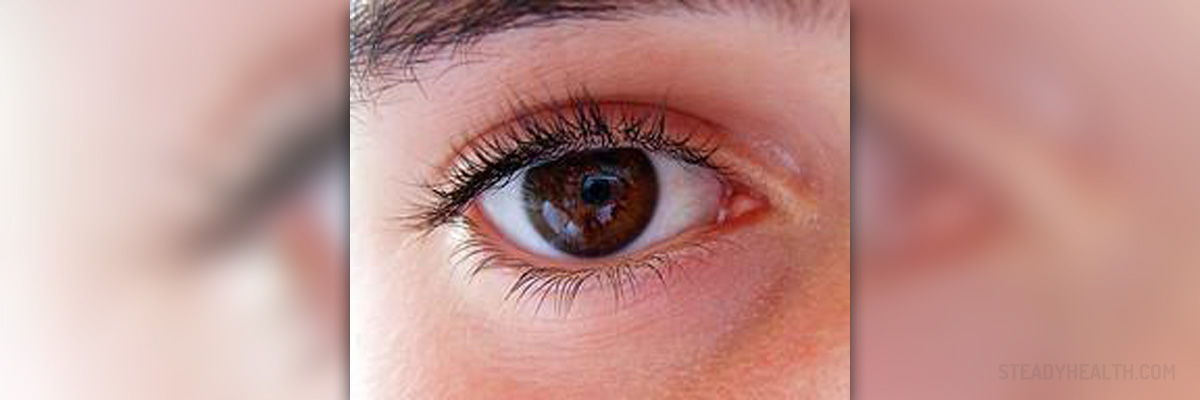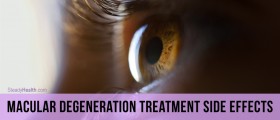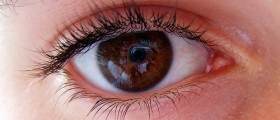
The retina is a layer of tissue that lines the inner eye. It is light-sensitive, and transmits images received by the lens to the brain through the optic nerve. If a retina tears or separates from the eye, this will lead to serious problems which often results in blindness if not treated correctly.
Causes, symptoms and treatment
As we get older, the vitreous that fills the inner eye might shrink or become watery. The pressure that occurs as a result of this might lead to a tearing or ripping of the retina. Fluid from this tear can cause a lifting or peeling of the retina, which can result in detachment from the back of the eye.
In order to correct this problem, cryotherapy and laser surgery can be used to seal retinal tears. If the retina has become detached, it is absolutely necessary to reattach it prior to sealing the tear. Pneumatic retinopexy, scleral buckle and vitrectomy are the methods that are available with regard to repairing a detached retina.
If you are suffering from a torn or detached retina, you might appear to see flashing lights, floating objects or a grayish curtain that interrupts the field of vision. Should you experience any of these symptoms, you should consider contacting an ophthalmologist.
Complications
Should you be a sufferer of diabetes, you might experience damaged blood vessels in the retina as a result of high blood-sugar levels. This is called diabetic retinopathy. Successful treatment of this condition is becoming more and more common as the years go by, thanks to advancements in technology. Early detection is very important in this regard. Those who suffer from diabetes should try to undergo examinations at least once per year. Pregnant women should also look to schedule an examination in the first trimester of their pregnancy. Sudden changes in blood sugar can lead to problems with vision in both eyes. However, this does not conclusively mean that retinopathy has occurred.
In the event of the occurrence of diabetic retinopathy, one might be treated using intravitreal injections, laser surgery or vitrectomy. Intravitreal injections are mainly used to treat macular edema. Laser surgery is normally performed on those with macular edema, neovascular glaucoma and proliferative diabetic retinopathy. This can help to prevent further loss of vision. Vitrectomy is recommended in advanced cases. This process involves the replacement of the vitreous with a clear solution. Be sure to schedule frequent examinations if you are diagnosed with this condition.

















Your thoughts on this
Loading...